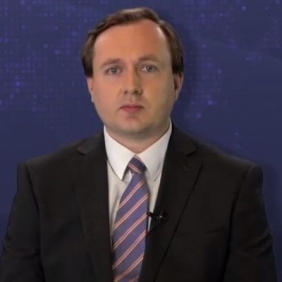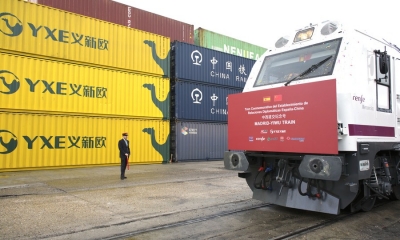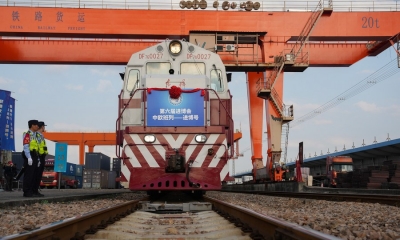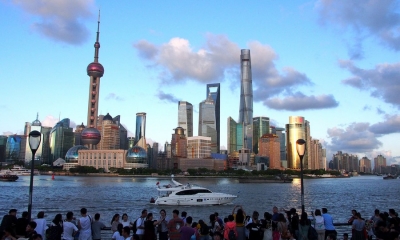China Looks to Economic Stability for Long-Term Gains
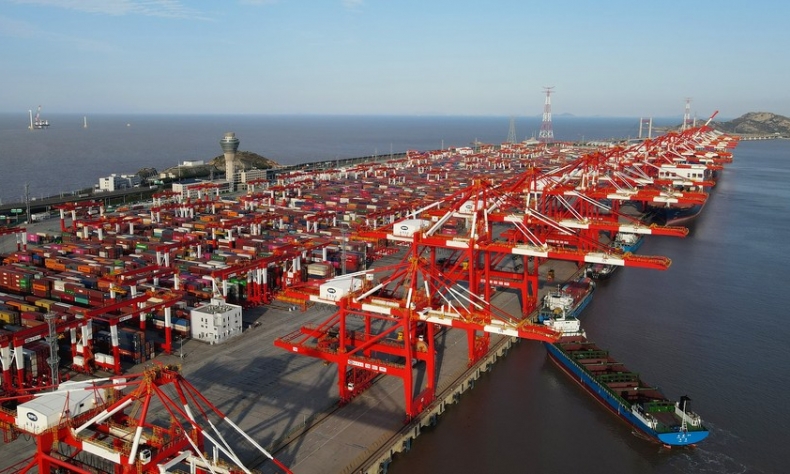
In the face of global economic headwinds, China has continued to manage its economy with caution and prudence, in order to pursue balanced growth and long-term gains.
The global economy has hit headwinds. Although 2021 began with a great deal of optimism in the view of a recovery from the COVID-19 pandemic, by the end of the year that picture has dampened significantly. Not only have vaccinations failed to offset the pandemic as many had hoped, the new and dangerous omicron variant has rattled global markets and confidence. In addition, recovering economies have found themselves simultaneously battered by soaring inflation and commodity prices as well as supply-chain bottlenecks, which has resulted in some countries raising interest rates. It is unsurprising that GDP projections for major economies and the world have started to be revised downwards.
China faces its own unique circumstances. Because of its rapid recovery from the pandemic in the previous year, it has persistently been ahead of the curve compared to other major economies. It is expected to end 2021 with GDP growth between 7%-8%, although its score for the previous year was revised downwards to 2.1%. Despite this, it still faces a number of challenges such as production and commodity costs, as well as the debt issue in the real estate market.
As a result, in contrast to the rest of the world, China’s central bank on Monday cut a benchmark lending rate, the “one-year loan prime rate” (LPR), to 3.8% from 3.85%. The previous week it also cut the minimum amount of cash that banks have on reserve. The LPR sets the lending rates for corporate and household loans. In theory, a lower interest rate helps boost economic growth by making credit more affordable to recipients, subsequently adding liquidity to the economy. On the other hand, it also comes with the risk of heightening inflation. It is no coincidence that on hearing the news, shares of Chinese developers have surged, even hitting “limit up” counters on Dec. 21.
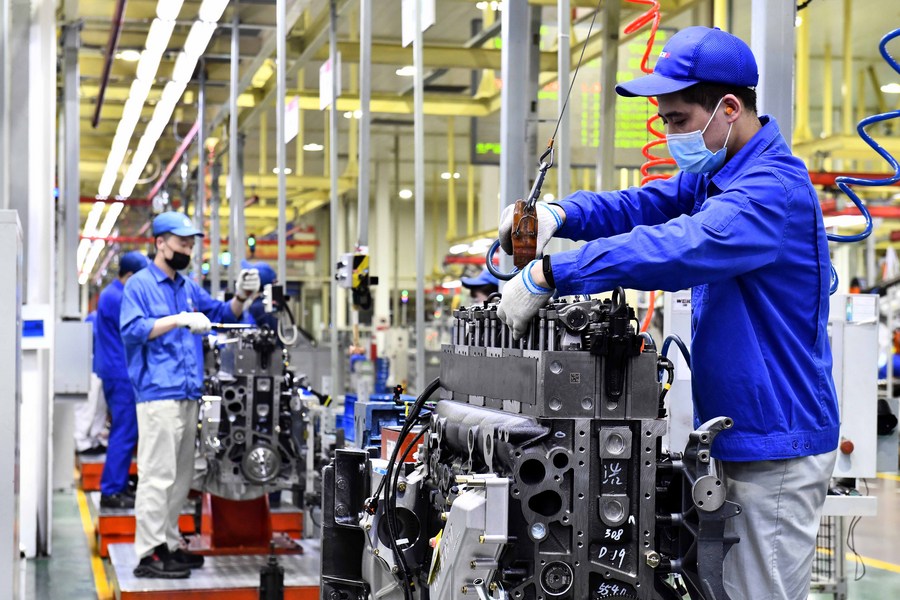
But this is a sign of strength for China. Unlike countries such as the U.K. and the U.S. which sought to offset massive economic damage from the pandemic by resorting to immense amounts of stimulus and lending (the highest since WW2), China’s 2020-2021 recovery was built on a conservative fiscal policy that leaned upon stability and avoided stimulus. In other words, it was natural. The last time China took such a policy was to offset the financial crisis of 2008, when it injected $586 billion into the economy.
In Western countries, the enormous injection of stimulus has not only seen public debt skyrocket, but combined with previously record low-interest rates, is the primary catalyst of surging inflation in the context of pandemic disruptions which are not yet over. This is what is known as “overheating the money supply.” As a result, these countries are being forced to put up interest rates in order to cool massive economic imbalance, which in turn then stifles economic growth even further. Effectively, countries such as the United Kingdom have pursued a highly unbalanced recovery. Therefore, even before the interest rate rise, month on month GDP growth had fallen to just 0.1% – far less than expected. The U.S. is likewise expected to pursue an interest rate rise in early 2022.
However, China is continuing an economic policy which focuses on long term gains. The country is currently at the end of a natural recovery cycle and is facing some disruptions, therefore, slightly lowering interest rates will help growth continue as well as ease problems in the property sector, without resorting to unsustainable and dangerous methods. As such, China is managing its economy with caution and prudence, so as to continue to grow in a balanced manner.
 Facebook
Facebook
 Twitter
Twitter
 Linkedin
Linkedin
 Google +
Google +



